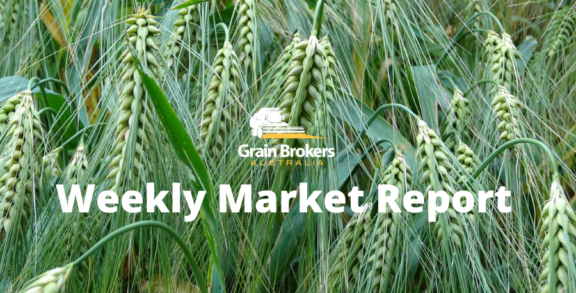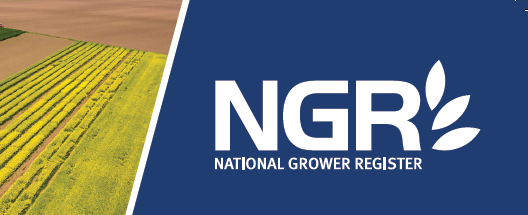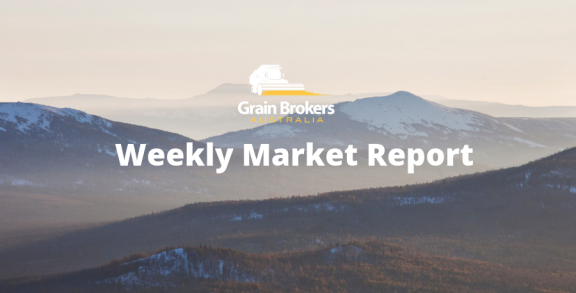Tuesday, 6 January 2015 – Annual Climate Summary for Western Australia.
Western Australia in 2014: Warmest year on record
Western Australia recorded its warmest year on record in 2014, in terms of the mean maximum temperature, and saw its ninth-warmest year on record in terms of the mean minimum temperature. The State as a whole recorded above average rainfall in 2014, however below average rainfall was reported for the Southwest Land Division (SWLD).
- State-wide mean maximum temperature highest on record; highest on record for southwest WA
- State-wide mean minimum temperature tenth-highest on record; fourth-highest on record for southwest WA
- WA monthly mean maximum temperatures consistently above average from March to December
- WA monthly mean minimum temperatures only below average in February, June, and July
- State-wide rainfall above average
- Below-average rainfall for the SWLD
Western Australia’s statewide average maximum temperature was 1.17 °C above the historical mean in 2014, the highest since comparable records commenced in 1910 exceeding the record of 1.11 °C set in 2013. The year started with near-average temperatures for WA in January and February, but then saw the eighth-warmest autumn on record, the third-warmest winter, the warmest spring on record, and an above average December. Almost all of the State recorded above average mean annual maximum temperatures in 2014, and sites in the Pilbara, Gascoyne, Central Wheat Belt, Great Southern, and Southeast Coastal registered their warmest or equal-warmest year on record. In the Lower Southwest (southwest of a line from Jurien Bay to Bremer Bay), the mean annual maximum temperature was 1.28 °C above the historical mean, the highest annual mean maximum temperature on record, exceeding the previous highest with an anomaly of 1.27 °C in 2010. The monthly mean maximum temperature for the Lower Southwest was above the average for all months in 2014.
The annual mean minimum temperature averaged across the State was the tenth-highest on record (+0.52 °C anomaly), whilst the Lower Southwest recorded its fourth-warmest year on record in terms of overnight temperatures. Most of WA saw above to very much above average mean minimum temperatures in 2014, with a few sites in the eastern Central Wheat Belt and Goldfields recording their warmest or equal warmest year on record. In contrast, much of the Kimberley, the eastern Northern Interior, and far northeast Southern Interior recorded near average or below average mean minima for 2014.
The statewide average rainfall for 2014 was 406 mm, 19% above the historical average. Rainfall was generally above average across northern, central, and eastern WA in 2014, and Rawlinna Depot in the Eucla registered its wettest year in 44 years of record. However, western parts of the State generally recorded below average rainfall in 2014 and some sites near the west coast, as well as sites near the southern SWLD coast, recorded rainfall totals in their lowest 10% of records, whilst some saw their driest year for at least 20 years. The SWLD as a whole recorded below average rainfall in 2014. In most months during the year, rainfall was near average to above average for the State as a whole, however March, June, and August received below average rainfall through much of WA, and winter rainfall for the State was tenth-lowest on record.
Intense tropical lows moved through WA in January and February 2014 bringing significant rainfall to large parts of the State, whilst two tropical cyclones (Gillian in March and Jack in April) developed in the Indian Ocean well west of WA. No tropical cyclones impacted the WA coastline in the 2014 calendar year, the first year this has occurred since 1951.
Information courtesy of the Bureau of Meteorology.





